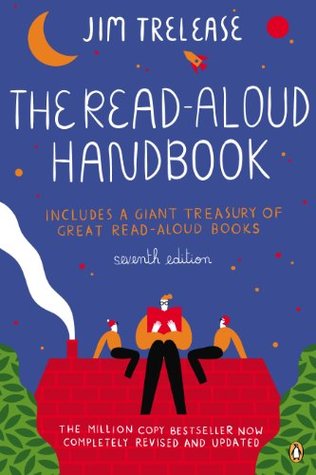More on this book
Community
Kindle Notes & Highlights
It comes down to simple arithmetic: The child spends 900 hours a year in school and 7,800 hours outside school. Which teacher has the bigger influence? Where is more time available for change?
the apple doesn’t fall far from the tree. Therefore, if you want different apples, change the tree.
Students who read the most also read the best, achieve the most, and stay in school the longest.
In the twenty years since Elley’s study, the Finns have remained atop the international scoreboard for reading, math, and science as measured by the Organisation for Economic Co-operation and Development (OECD) every three years.27 It’s worth noting that one school system in the U.S. comes the closest to mimicking the Finnish environment for teacher assessments, student demographics, and testing regulations: U.S. military base schools—exempt from mandated testing and handily outscoring their public school counterparts who are awash in test mania.28
Wow, that is a surprise! I have recently seen the sustained silent reading lessons in a DoDEA school and loved that. Reading this makes me happy that my kids are in a military base school.
What motivates children and adults to read more is that (1) they like the experience, (2) they like the subject matter, and (3) they like and follow the lead of people who read a lot.
Whenever an adult reads to a child, three important things are happening simultaneously and painlessly: (1) a pleasure connection is being made between child and book, (2) both parent and child are learning something from the book they’re sharing (double learning), and (3) the adult is pouring sounds and syllables called words into the child’s ear
Grammar is more caught than taught, and the way you catch it is the same way you catch the flu: You’re exposed to it.
To make sure you never convey the message that the book is more important than the child, maintain skin-to-skin contact as often as possible, patting, touching, and hugging the child while you read.6 Linked with the normal parent-infant dialogue, this reinforces a feeling of being well loved.
Prior to age two, repeated readings of fewer books are better than a huge collection read infrequently.
Add a third dimension to the book whenever possible. For example, have a bowl of blueberries ready to be eaten during or after the reading of Robert McCloskey’s Blueberries for Sal; bring a harmonica and a lemon to class before reading McCloskey’s Lentil.
Every once in a while, when a child asks a question involving the text, make a point of looking up the answer in a reference book with him or her. This greatly expands a child’s knowledge base and nurtures library skills.
Encourage relatives living far away to record stories on audiocassettes that can be mailed to the child.
Lead (or is it “Read”?) by example. Make sure your children see you reading for pleasure other than at read-aloud time. Share with them your enthusiasm for whatever you are reading. If you’re reading an e-book, it’s important to let the child know you’re reading a book, not checking your e-mail or Facebook.
Don’t use the book as a threat (“If you don’t pick up your room, no story tonight!”). As soon as your child or class sees that you’ve turned the book into a weapon, they’ll change their attitude about books from positive to negative.
Whether you’re contemplating a book discussion club for a family or class, my favorite guide is Deconstructing Penguins by Lawrence and Nancy Goldstone, a manual on how to “dig a tunnel” into the heart and soul of a book. As the authors note, “You don’t need an advanced degree in English literature or forty hours a week of free time to effectively discuss a book with your child. This isn’t Crime and Punishment, it’s Charlotte’s Web.”
Few forms of theft are quite as damaging to inner-city children as the denial of a well-endowed school library. —Jonathan Kozol
Among the factors driving the students’ success were (1) access to books, (2) personal ownership of the books, and (3) self-selection of the books.


